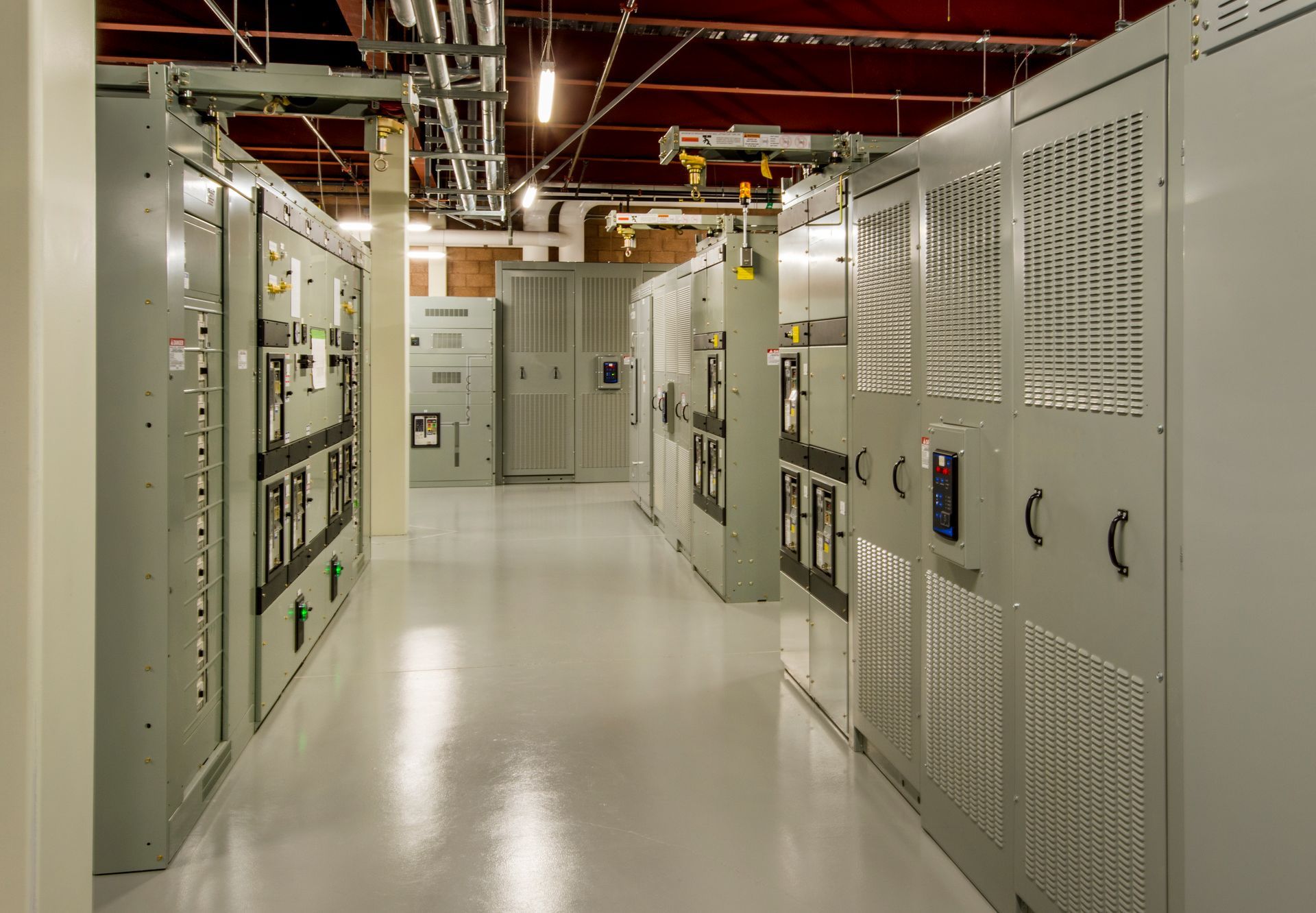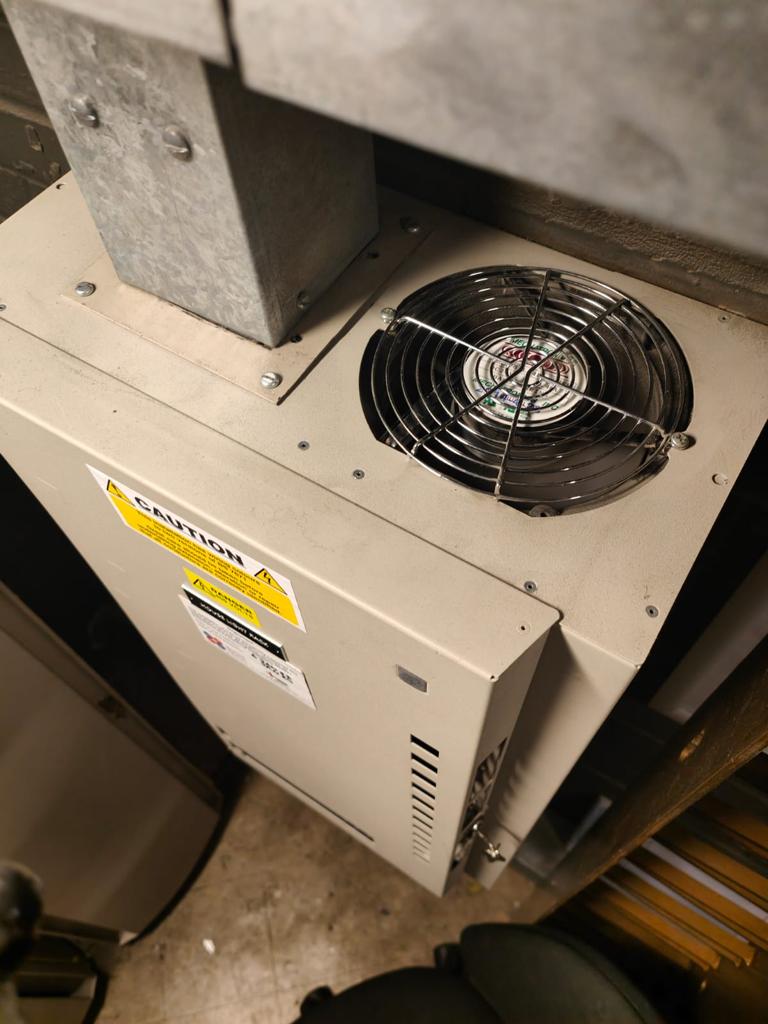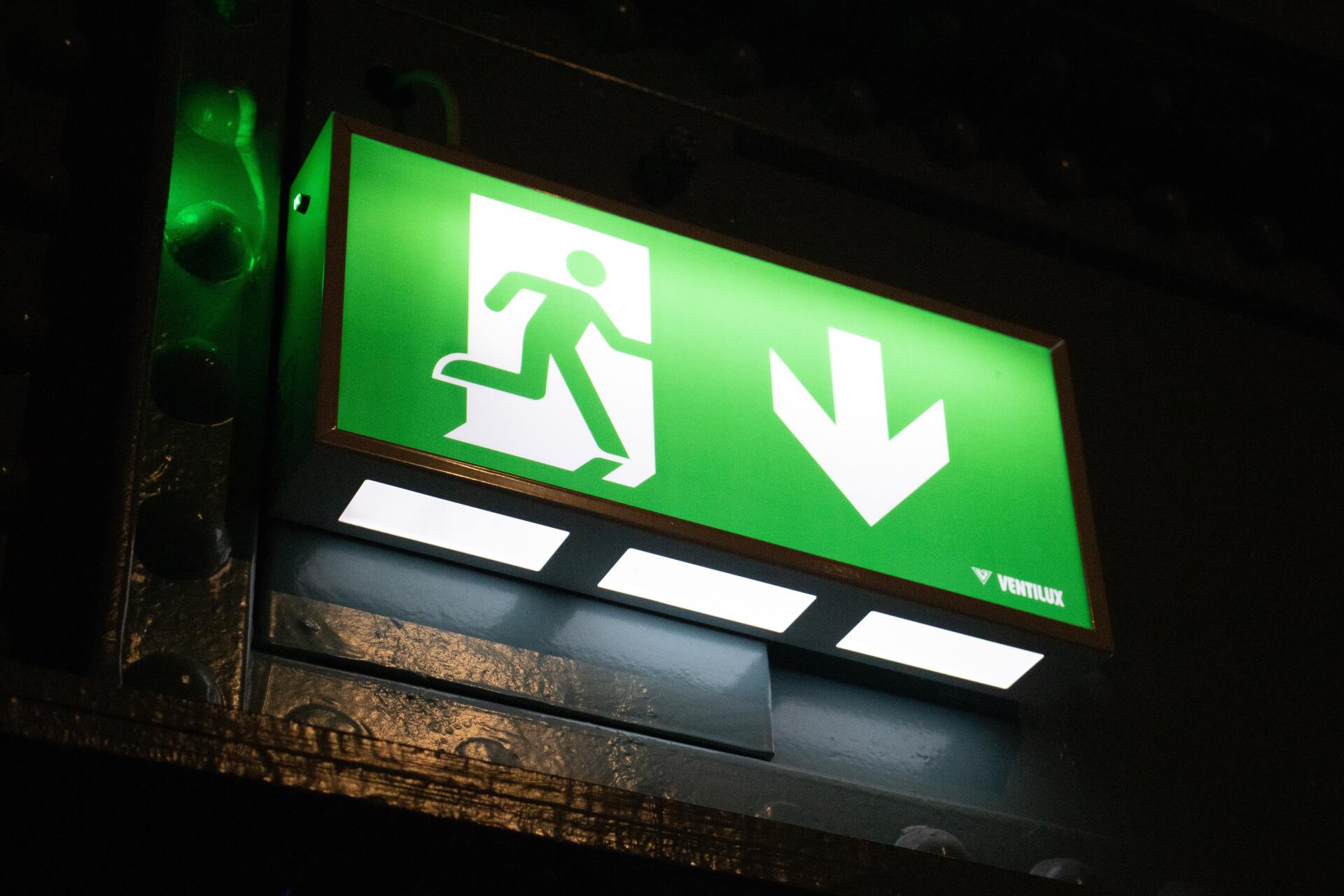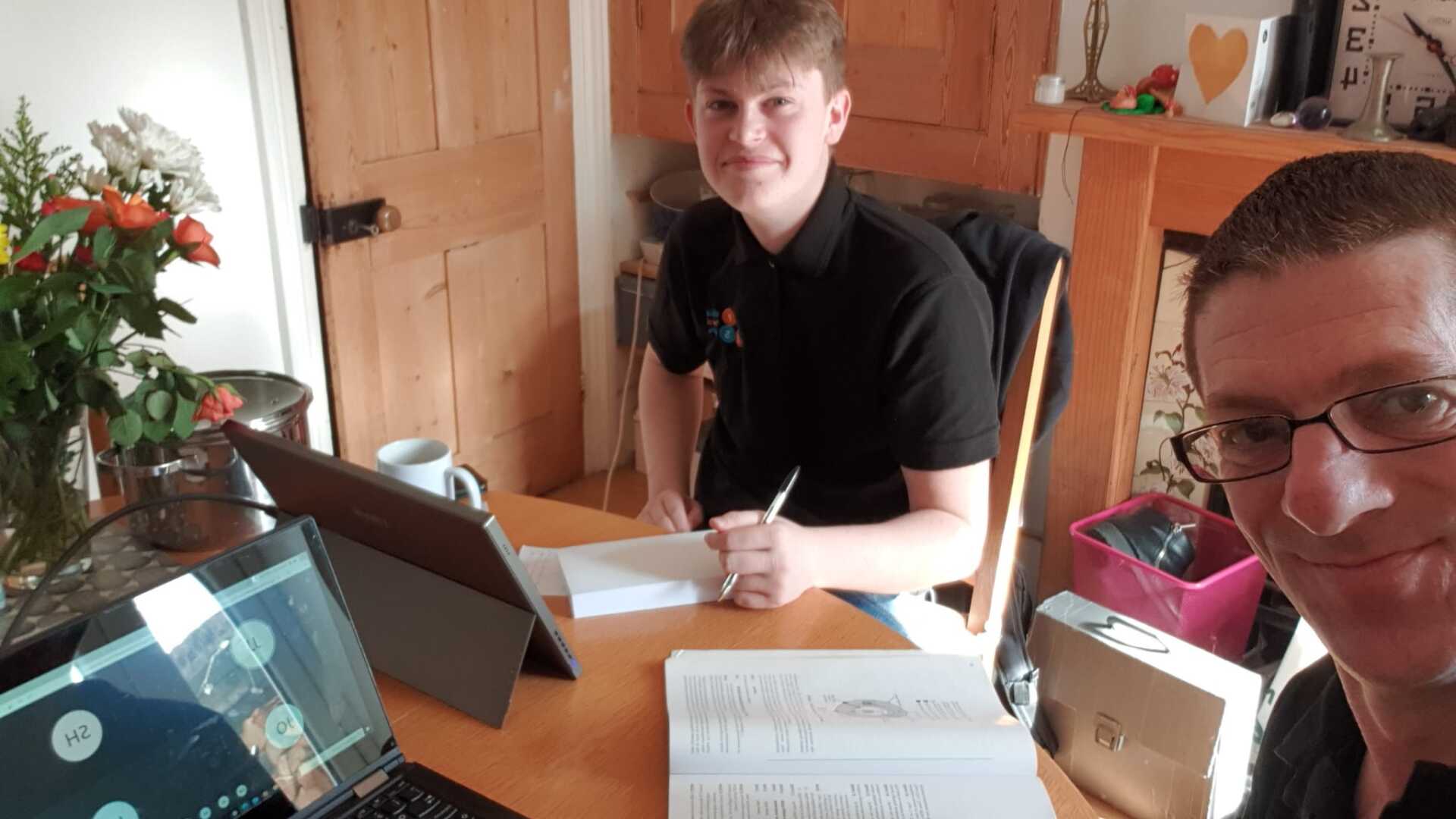HPES and our approach to BS7909 testing
HPES – our background
HPES was established in 2004 and incorporated in 2006. We have a knowledgeable, experienced core team that we supplement with known and trusted contractors. In addition, owner and founder Hugh has nearly 30 years of experience working with, inspecting and testing temporary power systems. During this time, processes and procedures have developed. There is now a clear standard to follow. The standard, BS7909, takes the important bits from the IET Wiring Regs (BS7671) and makes them suitable for entertainment and events.
HPES - developing an app for BS7909 testing
Since 2007, HPES has been developing and refining a method of testing temporary systems that is as safe and efficient as we believe we can make it. It is fully scalable and can be used for a single flood light fitting supplied by a 13A socket at a school PTA event, to a major festival with hundreds of power systems. Our method is app-driven, ensuring that anyone who uses it does so in precisely the same way. If values are obtained that are outside those expected, the app calls for the inspector to make a judgement or comment.
The primary function of BS7909 is that for every event using power, there be an electrical design carried out for the system to be used. This can be generic or made using established data, but realistic calculations and information should be available for the inspector to consider and judge against. The other thing that BS7909 calls for is for the kit being installed to be inspected and tested to an appropriate standard; this must be within a reasonable time frame before use. With both of these things in place, testing on site can be simplified to a brief inspection, a reduced number of measurements and ensuring that programable RCDs operate as they should.
Very often, there is no design, and equipment isn’t tested in advance. Whilst not ideal and in breach of the standards, our system enables us to consider systems where there is no design and make suggestions as to how compliant it appears to be. This provides valuable information to the project manager (often the Senior Person Responsible “SPR”). Based on this information, they can elect to alter or repair a system or to risk assess an identified issue. It is the responsibility of the SPR to make the final call as to whether the system is appropriate to be put into service.
Our method enables our technicians to make clear comments when they believe there is something incorrect in a system. On larger events, we often provide the Production Manager with a link to a secure web page where information regarding matters we feel should be noted are reported online, in real-time, with pictures!
Working with BS7909 in the events industry
Events very often operate under a license issued by the local authority. It will also operate under conditions set by an insurance company. There may well be legally binding H&S requirements, such as the EAW Regs, that govern how electricity is used, managed, and provided in places of work. Having us attend as a third party means that we are only considering the testing aspect, and our deliverable, the test document pack, can be presented as evidence that the system has been scrutinised.
Our schedules of test results and our comments are presented to the SPR, who then considers them along with other factors they may be aware of to determine if the system is safe or if works or risk assessments are required.
BS7909 - how we inspect, test and document
We obtain information about the site being visited, including its location, the topography and the density of the woodland. We agree the scope with the customer and establish the quantity of equipment and systems. With this information, we offer a price for our attendance. We usually offer a price that includes everything, but often, the client will provide the accommodation and catering.
When our price is agreed, we attend the site on the dates agreed and establish that equipment is ready for us to consider. We then use our proven method to work through the kit in the most appropriate way. This will often include visiting every distribution board and a final circuit from each board in addition to the supply, but the actual scope will be agreed upon in advance.
We make any comments we believe appropriate and will always discuss these with the Project Manager (PM). For example, if mains supplies are used to power burger vans, this can present a very significant risk if something goes wrong with the mains power supply. In such a case, we usually make practical suggestions that the PM can choose to follow.
Once complete, we review the test results. Our system also allows our senior engineer to review the test documents, who can flag any test results that require further inspection or to discuss with the test electrician. The test documents are generated using custom-written software, and at the same time, a schematic diagram is provided that indicates the layout of the system. The PM can use this to judge how thoroughly we have considered the system against the design it has been installed to.
Our documents are provided in electronic format within an agreed timeframe. We aim to deliver this within 48 hours of our attendance, and often, it is issued the same day. Our site-based data and the images are retained for a minimum of 12 months from the date of our attendance, and no changes can be made to data without a secure audit trail being updated.
Further Information
If you have any queries or are interested in our approach, please call us on +44(0)1449 709988 / +44(0)7779 334106 or email hello@hpestechnical.com
Whilst a British Standard, we regularly provide our solutions abroad. Our deliverable is then presented to the local regulating authority as evidence that the system has been thoroughly inspected and tested.
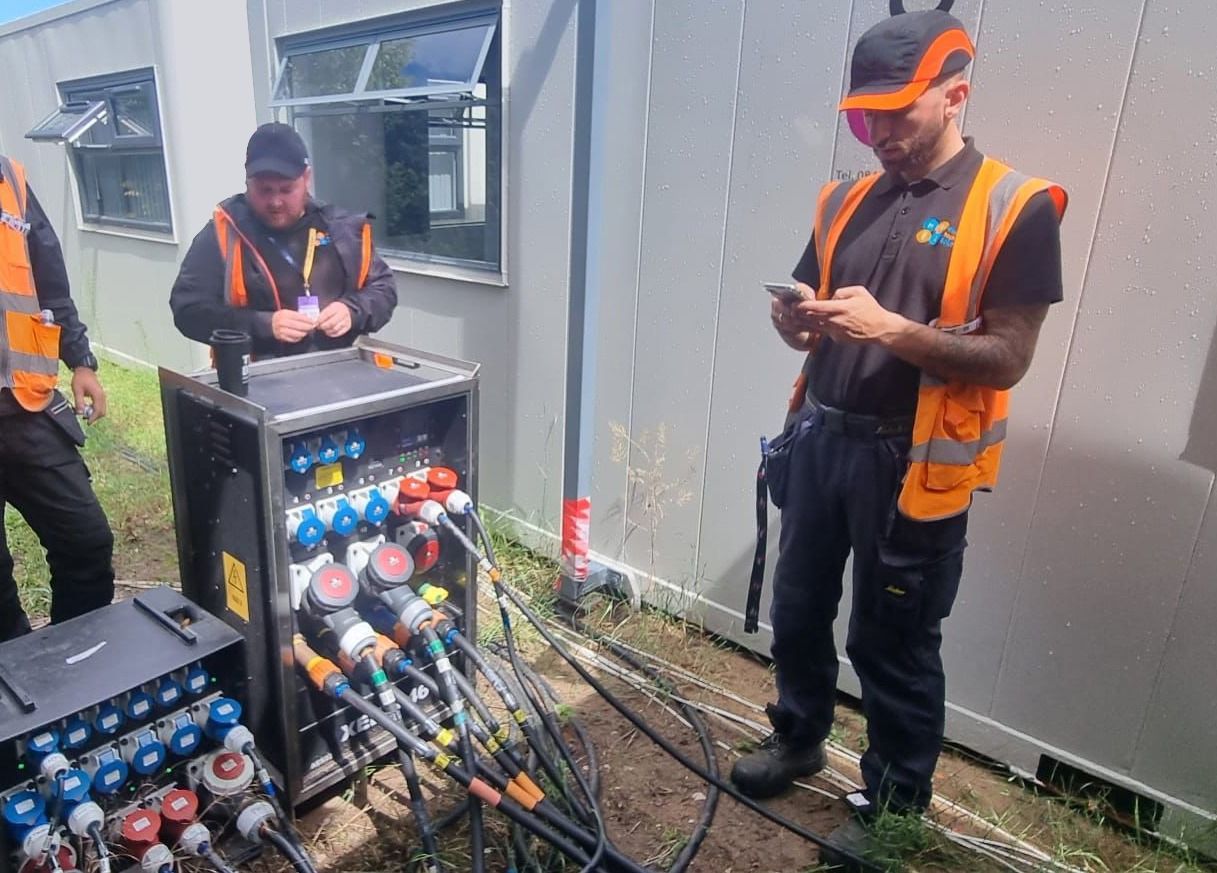
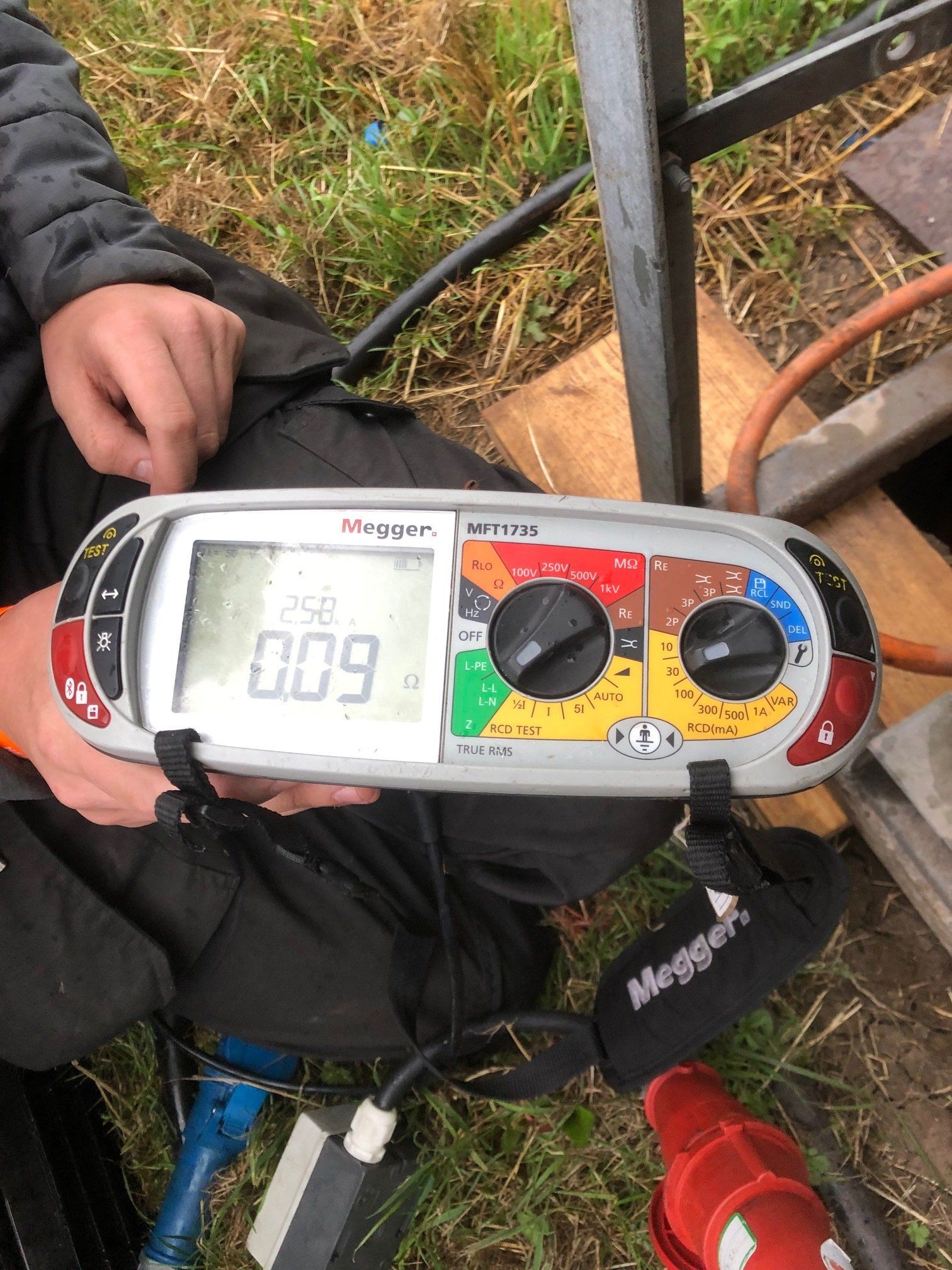

All Rights Reserved | HPES Technical Solutions Ltd.
All Rights Reserved | HPES Technical Solutions Ltd. | Privacy Policy
Designed By We Are Doodlebug | Accessibility

